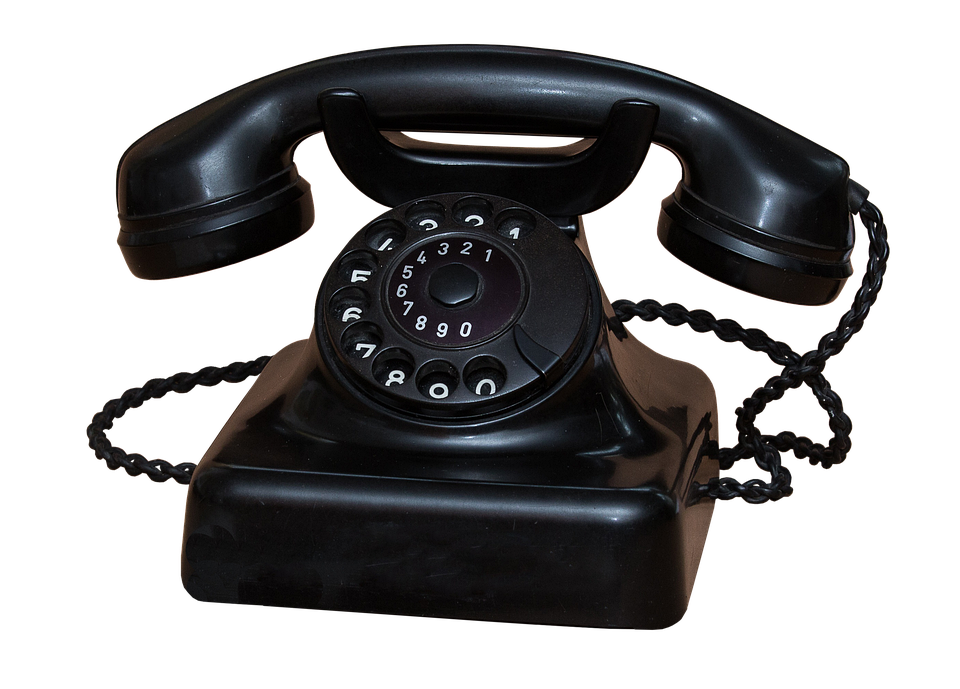Email Marketing in 2023: Latest Trends and Predictions
In today’s digital age, email marketing has emerged as a powerful tool for businesses to engage and retain customers. With 81% of small businesses relying on email marketing as their primary customer acquisition channel, it has become crucial to stay up-to-date with the latest email marketing trends and predictions for 2023.
In this article, we will explore the top email marketing trends and predictions for 2023.
H1: Personalized Email Campaigns for Better Engagement
Personalization has become the norm in email marketing. In 2023, businesses will focus on creating personalized email campaigns to attract and retain customers. Personalized emails have higher open and click-through rates compared to generic ones. By using customer data such as purchase history, location, and behavior, businesses can create targeted campaigns that accurately reflect their customers’ interests and preferences.
H2: Interactive Email Content for Increased Engagement
Interactive content is the future of email marketing. Forward-thinking businesses will leverage interactive email content such as polls, surveys, and quizzes to increase engagement, enhance the customer experience, and drive conversions. Interactive email content can help businesses understand their customers’ needs and preferences, enabling them to create more targeted campaigns in the future.
H2: Mobile-Optimized Emails for Better User Experience
With mobile devices accounting for over 50% of all email opens, it’s essential to optimize emails for mobile devices. In 2023, businesses will focus on creating mobile-responsive email designs to deliver a seamless user experience across all devices. Mobile-optimized emails can help increase open and click-through rates and improve overall customer engagement.
H2: Advanced Automation for Personalization and Efficiency
Automation has already transformed the email marketing landscape, and in 2023, businesses will utilize advanced automation features to personalize their email campaigns further, increase efficiency, and save time. Automated trigger-based campaigns that send timely and relevant messages to customers based on their behavior and actions can help businesses improve customer engagement and drive conversions.
H2: Artificial Intelligence for Better Insights and Personalization
Incorporating artificial intelligence (AI) into email marketing will further personalize email campaigns and provide valuable insights into customer behavior. AI-powered tools can help businesses analyze customer data and create more targeted campaigns based on their preferences and behavior. In 2023, businesses will experiment with AI to improve the effectiveness of their email marketing campaigns.
H2: Privacy and Data Protection for Customer Trust and Compliance
As data breaches and cyber attacks become more common, customer trust and data protection have become paramount in email marketing. In 2023, businesses will prioritize data privacy and protection, ensuring compliance with data privacy laws such as GDPR and CCPA. By adopting best practices for data protection, businesses can gain customer trust and loyalty and avoid potential legal liabilities.
H1: Conclusion
In conclusion, email marketing continues to evolve, and businesses must stay up-to-date with the latest trends and predictions to remain competitive in today’s digital landscape. The trends discussed in this article – personalized campaigns, interactive content, mobile optimization, automation, AI, and data protection – will shape the email marketing landscape in 2023 and beyond.
FAQs:
1. What is the optimal frequency for sending email campaigns?
The optimal frequency for sending email campaigns depends on the business’s audience, goals, and content. However, most businesses send 1-3 emails per week to avoid overwhelming subscribers with too many emails.
2. How can businesses measure the effectiveness of their email campaigns?
Businesses can measure the effectiveness of their email campaigns by tracking metrics such as open rates, click-through rates, conversion rates, and revenue generated.
3. Can businesses still use email marketing without a large subscriber list?
Yes, businesses can still use email marketing without a large subscriber list. Building a subscriber list takes time, but businesses can start by offering valuable incentives such as discounts or exclusive content to encourage sign-ups.
4. How can businesses reduce unsubscribes?
Businesses can reduce unsubscribes by sending targeted, relevant, and personalized content. Sending too many emails, irrelevant content, or spammy messages can lead to unsubscribes.
5. Is email marketing effective for B2B businesses?
Yes, email marketing is effective for B2B businesses. It’s an ideal way to reach decision-makers and educate them about your product or service. Personalized and targeted email campaigns can help generate leads, build brand awareness, and drive conversions.






